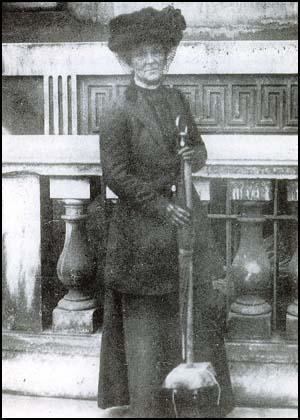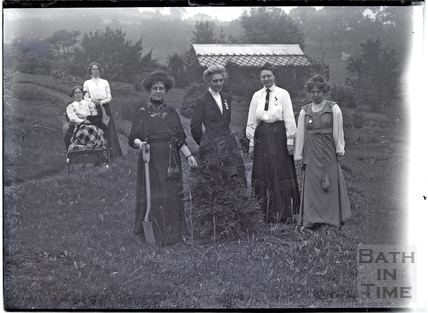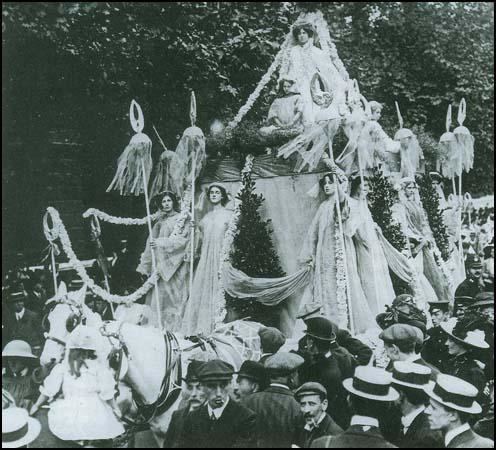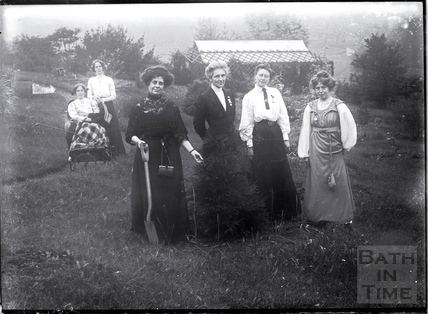Name Marion Dunlop | ||
 | ||
Died 1942, Guildford, United Kingdom | ||
Marion Wallace Dunlop suffragette poem by Lorna Faye
Marion Wallace Dunlop (22 December 1864 – 12 September 1942) was the first and one of the most well known British suffragettes to go on hunger strike, on 5 July 1909, after being arrested in July 1909 for militancy.
Contents
- Marion Wallace Dunlop suffragette poem by Lorna Faye
- Biography
- Death
- Suffragism
- Hunger strikes
- Force feeding
- References

Biography

Dunlop was born at Leys Castle, Inverness, Scotland, on 22 December 1864, daughter of Robert Henry Wallace Dunlop and his second wife, Lucy Wallace Dunlop (née Dowson; 1836–1914).

She moved later to England and studied at the Slade School of Fine Art. Her work was displayed at the Royal Academy in 1903, 1905 and 1906. She illustrated Fairies, Elves, and Flower Babies and The Magic Fruit Garden.
Death
Marion Wallace Dunlop died on 12 September 1942 at Mount Alvernia Nursing Home, Guildford.
Suffragism
Dunlop became an active member of the Women's Social and Political Union (WSPU) and was first arrested in 1908 for "obstruction" and again in 1908 for leading a group of women in a march. In 1909 she was arrested a third time, in this case for stenciling a passage from the Bill of Rights on a wall of the House of Commons which read, "It is the right of the subject to petition the King, and all commitments and prosecutions for such petitioning are illegal." She helped design many of the WSPU processions to call for women's right to vote, including 17 June 1911.
Hunger strikes
There was never any suggestion that anyone advised or recommended that she go on a hunger strike. All indications are that it was her idea. However, shortly after word got out, hunger-striking became standard suffragette practice. Christabel Pankhurst later reported: "Miss Wallace Dunlop, taking counsel with no one and acting entirely on her own initiative, sent to the Home Secretary, Mr. Gladstone, as soon as she entered Holloway Prison, an application to be placed in the first division as befitted one charged with a political offense. She announced that she would eat no food until this right was conceded." Mrs. Pethick-Lawrence noted that Wallace-Dunlop had found a "new way of insisting upon the proper status of political prisoners, and had the resourcefulness and energy in the face of difficulties that marked the true suffragette".
Force feeding
She endured 91 hours of fasting before she was released on the grounds of ill health. In September 1909, the British Government introduced force feeding in prisons.
